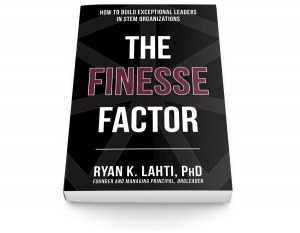
Artificial intelligence (AI) is disrupting the traditional insurance value chain according to IBM. Artificial intelligence is showing up in marketing/product development, policyholder acquisition, underwriting, policy administration/asset management and claims. Seventy-five percent of insurance executives surveyed in an Accenture study believe AI will alter or transform the insurance industry in the next few years.
MetLife, Allianz, Transamerica, QBE Insurance Group, XL Catlin, and Aetna have explored applications of artificial intelligence. This yielded some interesting results. MetLife reported that Shift Technology, an AI startup based in France, helped a European coalition of insurers analyze 13 million claims. The technology identified 3,000 new cases of potential fraud, including a large, organized crime scheme that impacted nearly all the coalition’s members. The scam siphoned millions of euros from members over the years.
If this doesn’t get your attention, maybe the use of AI by insurance startup Lemonade will. The company set a world record when it handled a claim solely by AI (no human involvement) from triage to fraud mitigation to the actual payment by wire. Lemonade’s AI approved the claim and wired payment in three seconds.
Organizing Data
Examples continue to surface for how intelligent machines are used to address critical areas of the insurance industry. All of them rest on a single foundation—data.
Data drives the insurance industry. The way data is leveraged has an incredible impact on the bottom line and customer satisfaction. Despite technological advancements available to the industry, institutions have not fully harnessed the potential of AI. In a recent Medici article, Elena Mesropyan explains the complexities of organizing data to feed intelligent machines is the main reason.
Most of data representing the digital universe is unstructured. Although unstructured documents are widely used as key inputs for core business activities, organizations face significant challenges when it comes to this form of data. These include managing the flood of unstructured data, processing it and extracting value from it as quickly as possible.
Furthermore, unstructured data is vulnerable to cyberthreats. Because organizations struggle to understand where crucial unstructured data is, how it is used and who has access to it, it can represent a big risk to the enterprise. The level of risk varies by case, but one thing is clear for unstructured data—it is difficult to apply a standard, organization-wide measure to protect it.
Predictive analytics based on organized data are essentials for insurance companies. Structured, organized data enables accurate adjustment of products and services to changing consumer habits and behaviors.
Some organizations have figured out how to address the data-structure issue and leverage it to their benefit. Structured data is the competitive advantage for 40 percent of the global systemically important financial institutions in the U.S. who use a single solution. They use a machine learning platform by Pendo Systems that transforms unstructured data into AI-ready data sets. This allows businesses to explore, discover and analyze unstructured data accumulated across wide variety of sources.
Like a number of industries, the insurance sector is in the early stage of AI application. Insurance executives see its potential. Seventy-nine percent of those surveyed by Accenture believe that AI will revolutionize the way insurers gain information from and interact with their customers. Better methods to organize and structure data will accelerate the value the industry gains from this technology.
Related article:
Insurtech Drives Insurance Innovation
________________________
Ryan Lahti is the managing principal of OrgLeader and author of The Finesse Factor. Stay up to date on Ryan’s STEM organization tweets here: @ryanlahti
(Photo: Artificial Intelligence, Pixabay)

